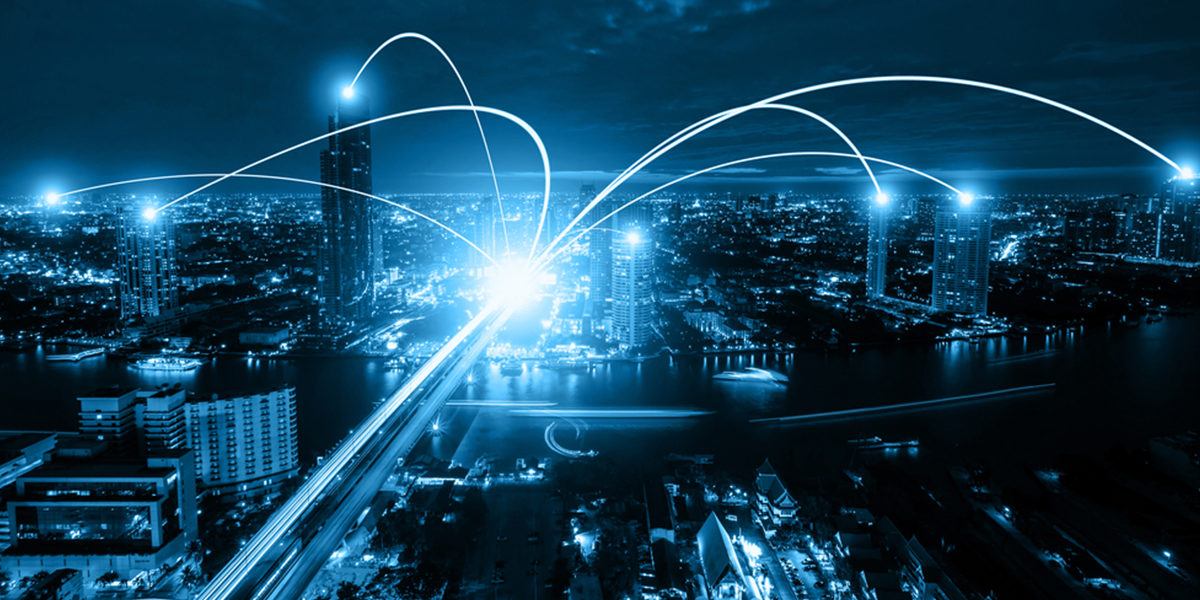Environmental stresses like electrical noise is the primary application for shielded cable. Electric motors, variable frequency drives, switching contactors, and welding equipment are many of the sources that cause electromagnetic interference (EMI).
To help decrease downtime on your plant floor, it is important to know when to use shielded verses unshielded cable.
Here are 4 reasons to use shielded cable:
#1 Mandated by company specification or local area requirement
Manufacturing companies and system integrators within certain verticals have worked extensively in challenging environments for installing network cabling. This tribal knowledge of known ‘electrically noisy’ environments is best captured by documenting within company specifications and standards. It is common for these companies to include requirements and guidelines on designs and engineering documentation (best practices) for when to use shielded cable for certain applications.
Proper design of cabling infrastructure includes avoiding electrically noisy areas as much as possible and using best practice methods; such as crossing AC lines at 90 degrees and properly grounding the shields on the shielded cable.
#2 Infrastructure is located near plant floor environment, and data transmission is critical
Often, there are data transmission lines near the plant floor environment that are exposed to some level of environmental stress. Enterprise grade cable is typically not as robust as cable rated for industrial applications. Exposure to different types of chemicals, ingress of fluids, electrical noise, and flexing applications are best suited with industrial cable. Specifying the proper cable in the design phase will enhance the longevity and performance of the entire system.
#3 Motion control and high-speed automation applications
Due to the inherently noisy environment of motion control and high-speed automation systems, many motion control vendors require or recommend shielded cable. These systems are time critical and depend on each packet of information. Even if the difference is only a matter of milliseconds, a high-speed machine can go offline, or cause damage to the equipment. In extreme cases of electrical noise for motion, control fiber optics is recommended.
#4 MICE (Mechanical/Ingress/Climatic-Chemical/Electromagnetic) level of E2 or E3
E2 or E3 MICE levels reflect severe levels of noise interference. The MICE rating system is an effective tool from TIA-1005 standard that provides helpful guidelines for quantifying the amounts of environmental stresses like electrical noise per classification.

